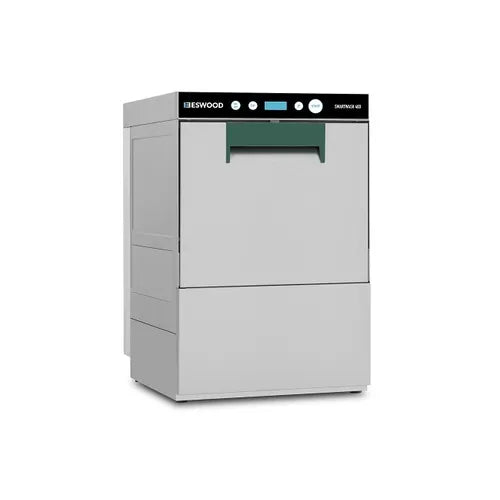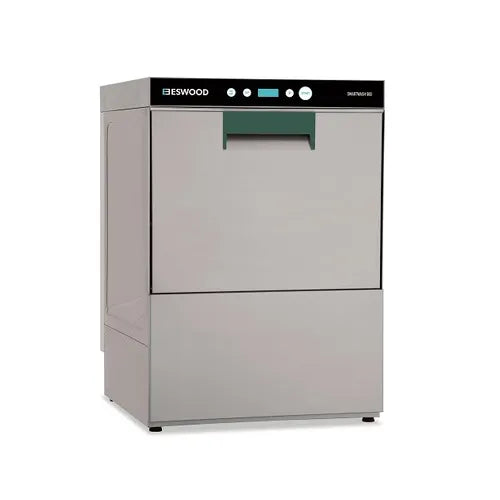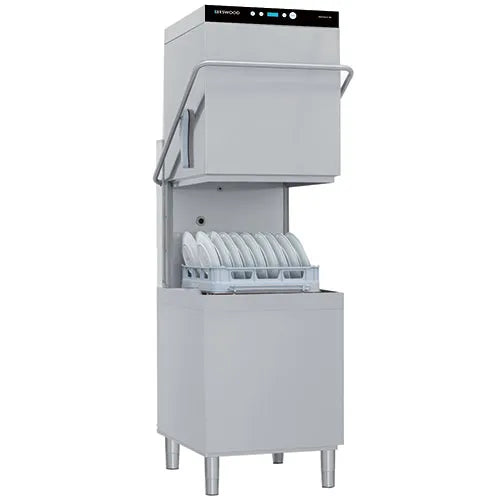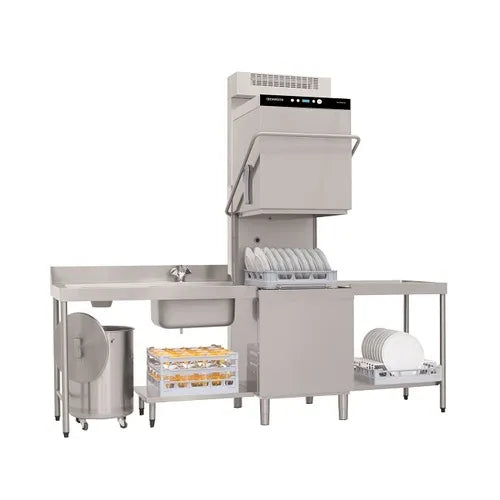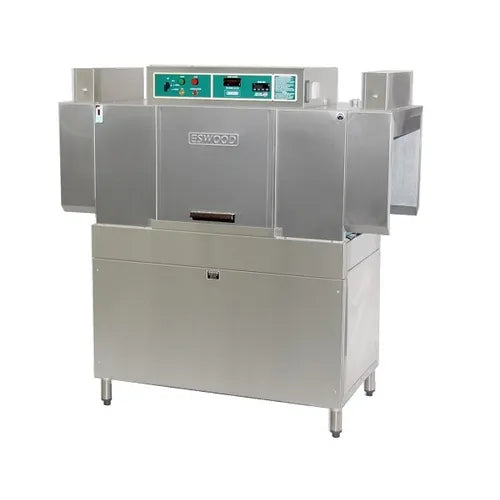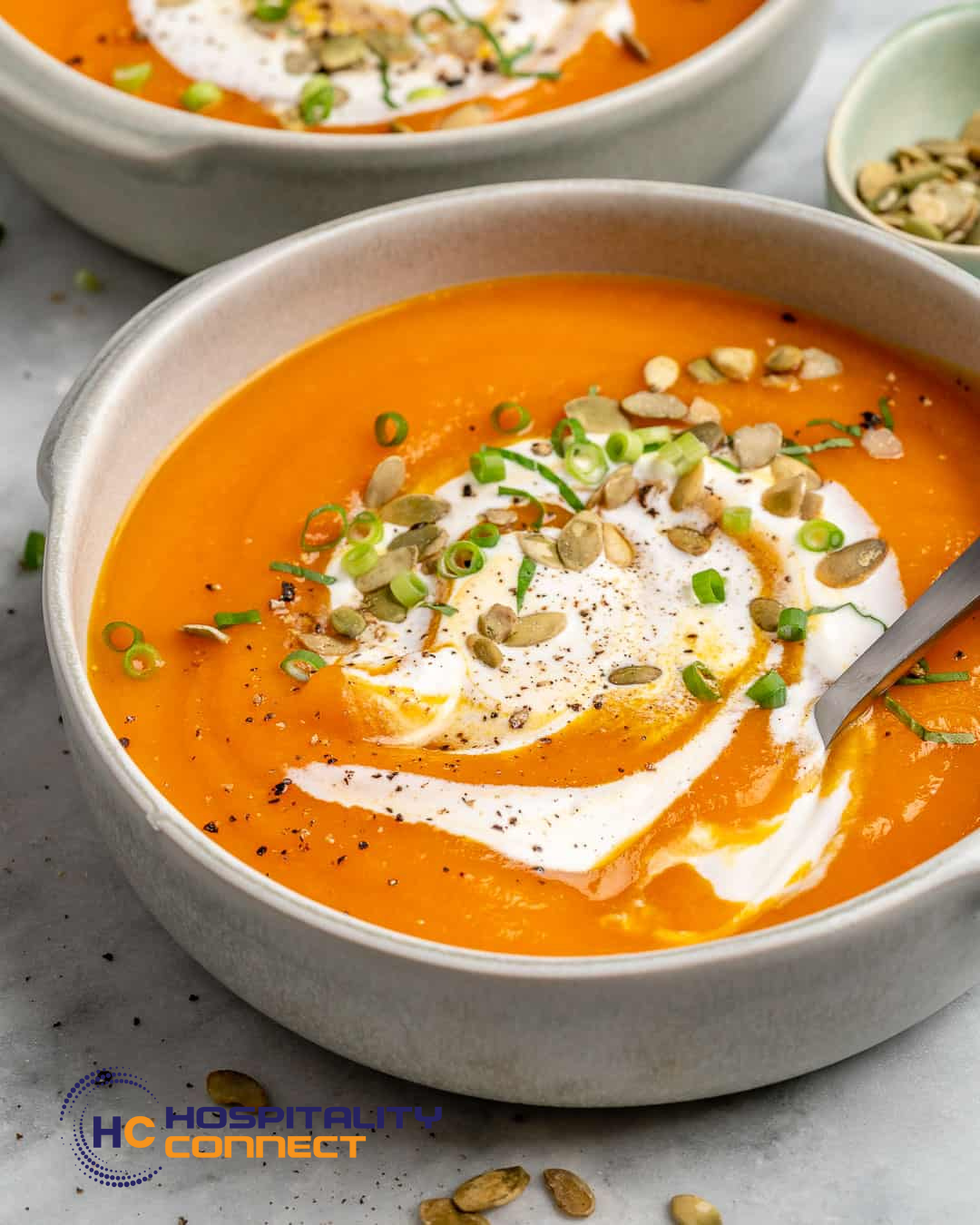When it comes to preparing delicious meals, using the right kitchen equipment is essential. Some people wonder: “Can I use a soup kettle as a slow cooker?” While both appliances are designed to heat food, a soup kettle is not a substitute for a slow cooker, and using it that way can lead to poor results—or even food safety issues.
In this article, we’ll explain the differences between a soup kettle and a slow cooker, why they aren’t interchangeable, and the benefits of using the proper appliance for slow-cooked meals.
What Is a Soup Kettle?
A soup kettle is a commercial catering appliance designed primarily to hold and serve pre-cooked soups, sauces, curries, and stews at safe serving temperatures. It functions as a heated container, often with a water bath (bain-marie style) to evenly keep food warm for long periods.
Soup kettles are commonly used in restaurants, buffets, and catering setups—not for cooking raw food but for holding food that has already been fully cooked elsewhere.
What Is a Slow Cooker?
A slow cooker, on the other hand, is a domestic or commercial kitchen appliance designed to cook food slowly over several hours at controlled low temperatures. It allows raw ingredients to break down gradually, tenderizing meats, enhancing flavors, and cooking stews, soups, and casseroles from scratch without constant supervision.
Why You Shouldn’t Use a Soup Kettle as a Slow Cooker
1. Soup Kettles Don’t Reach Cooking Temperatures
A soup kettle is designed to hold food warm, not cook it. It generally operates at temperatures below the safe level needed to cook raw meats and vegetables, meaning you risk undercooked food and potential bacterial growth.
2. Lack of Cooking Functions
Slow cookers are specifically designed for long, slow, even cooking, while soup kettles have no timers, cooking modes, or controlled heat distribution for raw ingredients.
3. Food Safety Concerns
Cooking raw food in a soup kettle could leave it partially cooked for long periods, creating an ideal environment for harmful bacteria to grow, making it unsafe to eat.
4. Poor Flavor Development
Slow cookers gradually build flavors through slow, moist cooking. A soup kettle simply keeps food hot, so attempting to cook from raw will not deliver the same tenderness or taste.
When to Use Each Appliance
-
Soup Kettle: Best for holding and serving pre-cooked soups, sauces, and hot beverages in commercial or buffet settings.
-
Slow Cooker: Best for preparing raw ingredients from scratch, making stews, braised meats, soups, and casseroles safely and efficiently.
Final Thoughts
While a soup kettle and a slow cooker may look similar, their functions are completely different. A soup kettle cannot safely or effectively cook raw food, as it’s designed only for holding and warming dishes. If you want perfectly cooked, flavorful slow meals, always use a slow cooker designed for that purpose.


